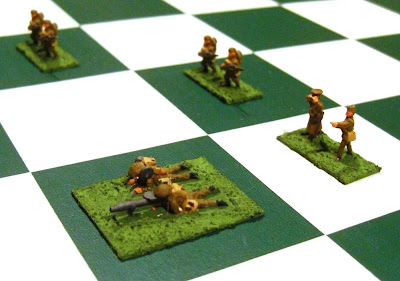My sixty-first birthday was over a week ago, but as a result of me coming down with a rather nasty dose of Norovirus, to all intents and purposes I missed it. I did, however, get some presents from friends and family including two books from Tony Hawkins and a collection of DVDs from my wife.
The first of the books is rather unusual, as it is WHERE IN THE WORLD IS OSAMA BIN LADEN? by Morgan Spurlock (Published in 2008 by Harvill Secker [ISBN 978 1 846 55221 2]).

I first heard of Morgan Spurlock when he directed and starred in the documentary SUPER SIZE ME, during which he ate nothing but a diet of fast food from McDonald's for thirty days. The film was both idiosyncratic and thought-provoking, and I hope that this book will be similar.
The second book is THE BAREFOOT EMPEROR: AN ETHIOPIAN TRAGEDY by Philip Marsden (Published in 2007 by Harper Collins [ISBN 978 0 00 717345 7]).

It tells the story of Emperor Tewodros II of Ethiopia, who reigned over that ancient Christian kingdom for 1855 until his death in 1868. He unified the country after it had been riven by civil wars, but eventually he became unstable, and when he imprisoned the British Consul in Ethiopia – Captain Charles Duncan Cameron – and several other British citizens, he precipitated a crisis with Britain. The British response was to send a military expedition to Abyssinia led by Robert Napier. After the Battle of Magdala, when Tewodros' last remaining army was defeated by the British, the Emperor committed suicide so that he would '
fall into the hands of God, rather than man."
I have watched all of the TV films in the SHARPE series, and have thoroughly enjoyed them. I know that they are not always historically accurate ... but if I have a couple of hours to fill and I want to watch an action film set in the Napoleonic era, I can do no better than to watch one of these DVDs.

By the way, I have an added interest in the SHARPE series because I was educated in South Essex – the 'home' of his regiment – and for the first few years of my Secondary education I was sat in front of a boy named Cornwall (we had to sit in alphabetical order in class!).
A coincidence ... or what?



















































.jpeg)

















.jpeg)












